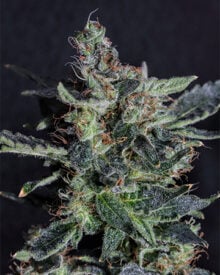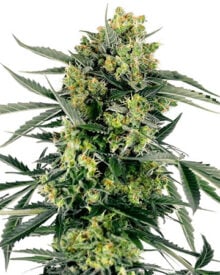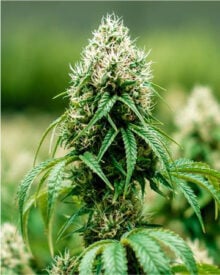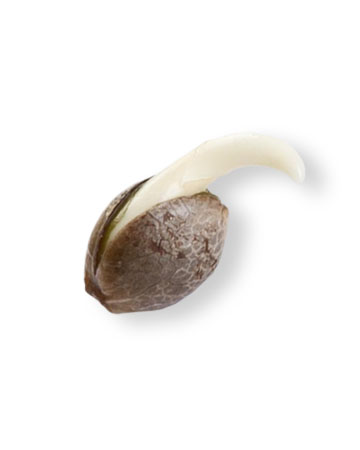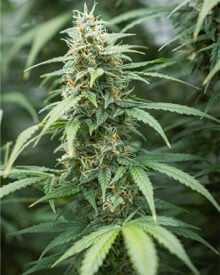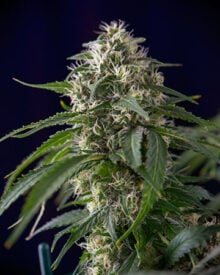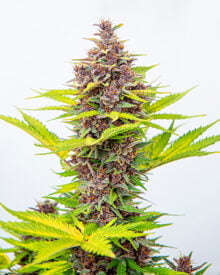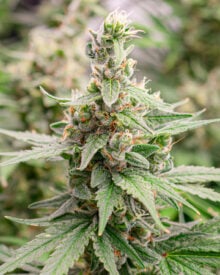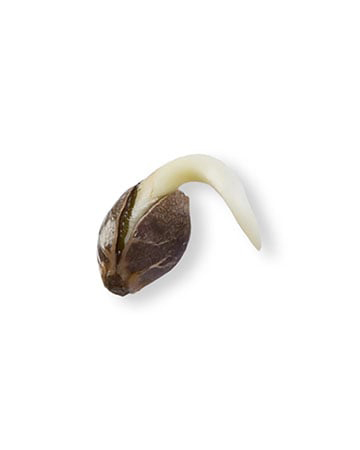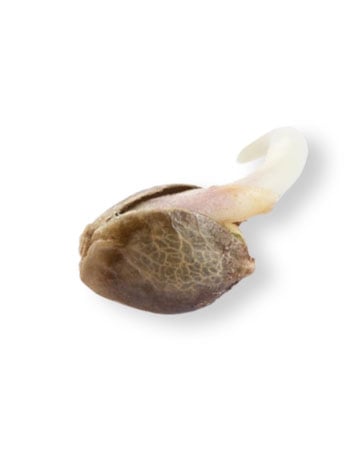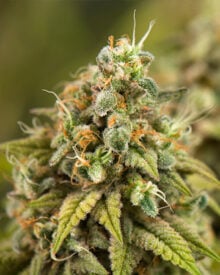So, you’re thinking about growing your own cannabis in Ohio? Good news—you can! But, like everything, there are rules you’ve got to follow. Ohio recently legalized adult-use cannabis, and that includes home growing, but only under specific conditions. Whether you’re a seasoned grower or just getting started, it’s important to know what’s legal so you don’t end up in trouble.
This guide breaks down Ohio’s cannabis growing laws in simple terms—no legal jargon, just the facts you need to grow safely and stay within the law.
Why Grow Cannabis in Ohio?
Growing your own cannabis in Ohio comes with a lot of perks. First off, it saves you money—dispensary prices can add up fast, and growing at home lets you stock up without constantly buying more. Plus, you get full control over how your plants are grown, from the seeds you pick to the nutrients you use.
Then there’s the fun part—cultivating your own cannabis is a rewarding hobby. Watching your plants grow from tiny sprouts to full, resin-covered buds is seriously satisfying. It’s also a great way to experiment with different cultivars and find what works best for you.
And let’s be real—there’s something pretty awesome about harvesting your own supply instead of relying on someone else. As long as you follow Ohio’s laws, home growing gives you freedom, quality control, and a stash that’s always within reach.

Key Legal Insights for Growing Cannabis in Ohio
Before you start setting up your grow space, make sure you know the rules. Ohio allows home growing, but there are a few important limits to keep in mind:
- Plant Limits – Adults 21 and over can grow up to six plants per person, with a max of 12 plants per household. So, even if you have three or more adults living together, the limit stays at 12.
- Visibility Rules – Your plants can’t be out in the open. They need to be grown in a secure, private space where they’re not visible to the public. That means no backyard grows unless they’re fully enclosed and out of sight.
- Municipal Regulations – While home growing is legal statewide, local governments can still make their own rules. Some cities or towns might have restrictions or bans, so always check with your local laws before you start growing.
Indoor vs. Outdoor Growing in Ohio
Trying to decide whether to grow indoors or outdoors? Both have their advantages, but Ohio’s climate and laws might influence your choice. If you’re looking for total control and don’t mind the extra cost, indoor growing is the way to go. But if you have a private, secure space and want to keep things simple, outdoor growing can be a solid option—as long as you work around Ohio’s seasons and legal restrictions.
Indoor Growing
Indoor growing gives you full control over temperature, humidity, and lighting, which means you can cultivate year-round without worrying about the weather. The downside? It can get expensive. Setting up lights, ventilation, and other equipment adds to the cost, but it also helps ensure your plants stay within Ohio’s legal visibility rules.
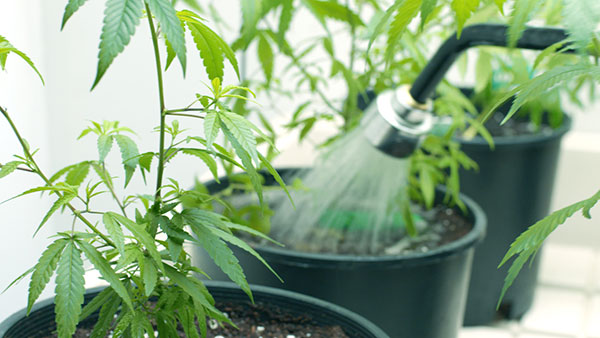
Outdoor Growing
Outdoor growing, on the other hand, is more budget-friendly since you’ll be using natural sunlight instead of artificial lights. Plus, plants grown outside can get much bigger, leading to higher yields. The challenge is Ohio’s weather—winters are too cold for year-round growing, and you’ll need to plan your grow season carefully. There’s also the legal requirement to keep your plants hidden from public view, so your backyard setup needs to be fully enclosed and secure.
Outdoor Growing Challenges
Growing cannabis outdoors in Ohio sounds great—free sunlight, bigger plants, and lower costs—but it comes with some challenges. First, the weather can be unpredictable. Ohio has a short growing season, with cold winters and a mix of hot, humid summers and unexpected storms. Timing your grow is key, since frost can ruin plants if they’re started too early or left out too late.
Another big challenge is security and compliance. Ohio law requires that cannabis plants be kept out of public view, which means you can’t just plant them in an open backyard. You’ll need a secure, enclosed space, like a fenced-off area or greenhouse, to stay within legal limits.
Pests and diseases are also something to watch out for. Outdoor plants are more exposed to bugs, mold, and mildew, especially in Ohio’s humidity. Choosing resilient cultivars and keeping a close eye on plant health can help, but you’ll still need to be prepared for potential issues.
Despite these challenges, outdoor growing can work well with the right setup. Just be mindful of the legal requirements, time your grow properly, and stay on top of plant care to get the best results.
How to Protect Outdoor Cannabis Plants
Growing cannabis outdoors in Ohio comes with its challenges, but with the right precautions, you can keep your plants safe and healthy.
First, security is key. Since Ohio law requires plants to be hidden from public view, a fenced-in area or greenhouse is the best way to stay compliant. A tall, solid fence with a locked gate helps keep your grow private while also keeping out unwanted visitors—both human and animal.
Weather protection is another big factor. Ohio’s summers can be unpredictable, with storms, high winds, and temperature swings. Using a greenhouse, hoop house, or even simple plant covers can help shield your crop from extreme conditions. If heavy rain is in the forecast, make sure your plants are in well-draining soil or raised beds to prevent root rot.
Pests and diseases are always a risk when growing outdoors, especially with Ohio’s humidity. Regularly inspecting leaves for bugs or mold can help you catch problems early. Natural deterrents like companion planting (using plants like basil or marigolds) and organic pest sprays can keep unwanted critters away without harming your plants.
By securing your grow space, preparing for weather changes, and staying ahead of pests, you can give your outdoor cannabis plants the best chance to thrive in Ohio’s unpredictable climate.
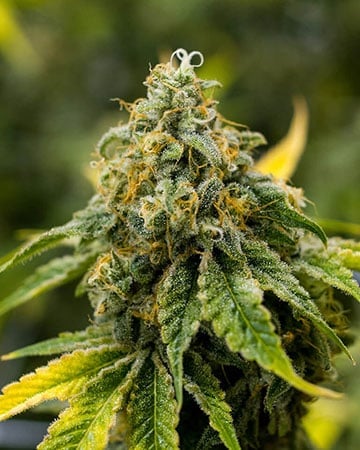
Best Cannabis Cultivars for Ohio Growers
If you’re growing cannabis in Ohio, choosing the right cultivars can make a huge difference. With the state’s mix of hot, humid summers and cold, unpredictable winters, you’ll want plants that can handle the elements and still produce solid yields.
For outdoor growers, durability is key. Cultivars like Northern Lights, Blue Dream, and Durban Poison are known for their resilience, making them great choices for Ohio’s climate. Autoflowering varieties are also a smart pick since they have shorter grow cycles, meaning you can harvest before the first frost hits.
Indoor growers have more flexibility but should still look for cultivars that thrive in controlled environments. Classic indoor-friendly options like Gorilla Glue #4, Wedding Cake, and Gelato tend to produce high yields under artificial lights while staying compact enough for grow tents or small rooms.
If you’re worried about Ohio’s humidity and the risk of mold, sativa-dominant or hybrid cultivars with good airflow between their branches—like Sour Diesel or Super Silver Haze—can help reduce moisture buildup.
At the end of the day, picking the right cultivar depends on your setup and growing goals. Whether you’re aiming for high yields, a fast harvest, or a plant that can tough it out through Ohio’s unpredictable weather, there’s a strain out there that fits the bill.
How to Start a Cannabis Garden in Ohio
If you’re ready to grow your own cannabis in Ohio, here’s a simple step-by-step guide to get started while staying within the law.
- Check Local Laws – While Ohio allows home growing, some cities or towns may have additional restrictions. Make sure you’re in the clear before setting up your garden.
- Choose Your Growing Method – Decide if you’re growing indoors or outdoors. Indoor setups give you more control, but outdoor grows can save money if you have a private, enclosed space.
- Pick Your Cultivars – Choose cannabis cultivars that fit Ohio’s climate and your setup. Autoflowers and mold-resistant strains work well outdoors, while compact, high-yield varieties are great for indoor grows.
- Set Up Your Grow Space – Indoor growers need proper lighting, ventilation, and temperature control. Outdoor growers must ensure plants are hidden from public view and protected from pests and weather.
- Germinate Your Seeds – Start your seeds in a controlled environment using a damp paper towel or directly in soil. Keep them warm and moist until they sprout.
- Monitor Growth and Care for Plants – Water regularly, provide nutrients, and check for pests or diseases. Indoor plants need a consistent light schedule, while outdoor plants should be protected from extreme weather.
- Harvest and Cure Your Buds – Once your plants are fully matured, trim and dry the buds properly for the best flavor and potency. Curing in glass jars for a few weeks improves the overall quality.
Most Popular Cannabis Strains
-
Biscotti $49THC 25%indicaintermediate
 peoples choice
peoples choice
-
Zkittlez Now$41.6020% offTHC 19%balanced hybrideasy
 cannabis cup winner
cannabis cup winner
$52You save $10.40 -
Orange Crush $49THC 20%sativaeasy


-
Gorilla Glue (GG1) Auto $51THC 26%indicaeasy
 cannabis cup winner
cannabis cup winner
-
Skunk Kush Now$38.2525% offTHC 20%indicaeasy


$51You save $12.75 -
Hawaiian Snow $45THC 21%sativaintermediate


-
Scooby Snacks $45THC 24%indicaeasy


-
Fruity Pebbles Now$39.9515% offTHC 20%indicaintermediate


$47You save $7.05 -
Trainwreck Now$3325% offTHC 18%sativaeasy


$44You save $11.00 -
Cannatonic Now$37.6020% offTHC 9%balanced hybridintermediate
 cannabis cup winner
cannabis cup winner
$47You save $9.40 -
White Truffle $46THC 25%balanced hybrideasy


-
Jamaican Dream Auto $50THC 20%sativaeasy


